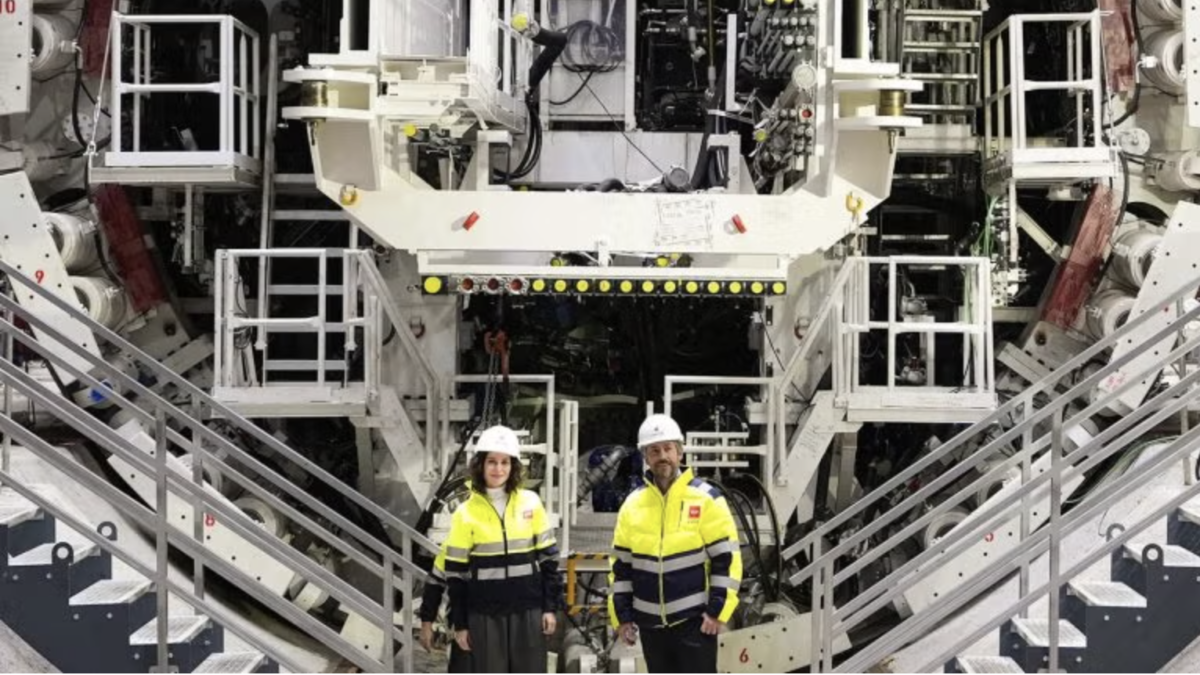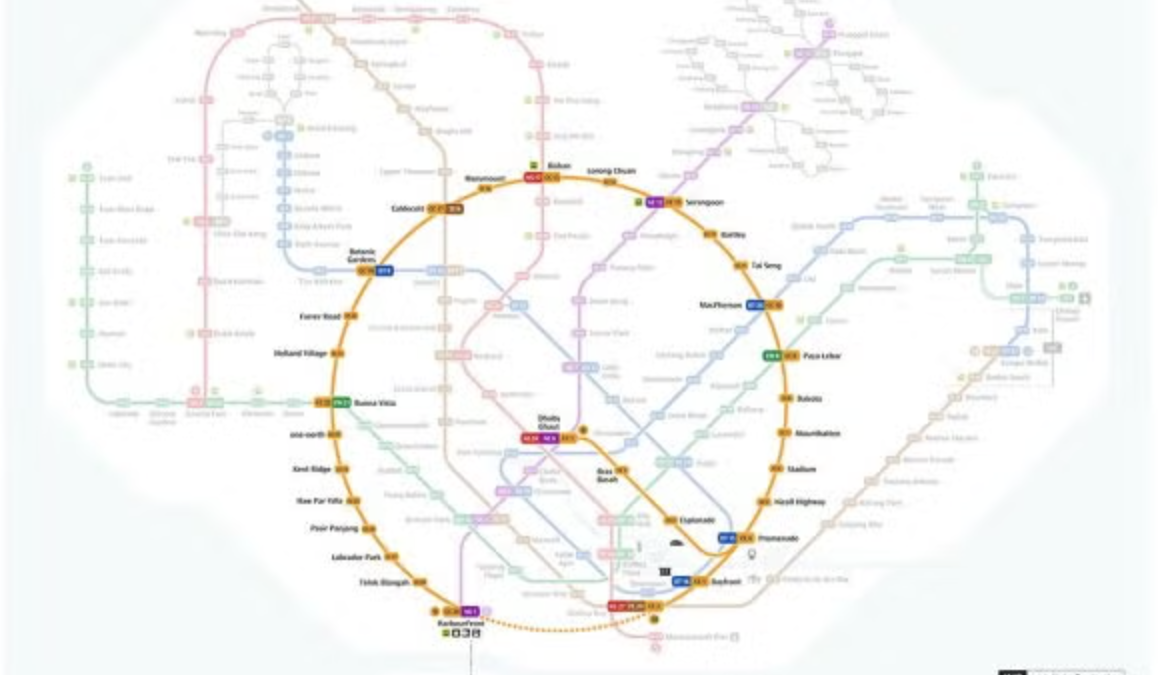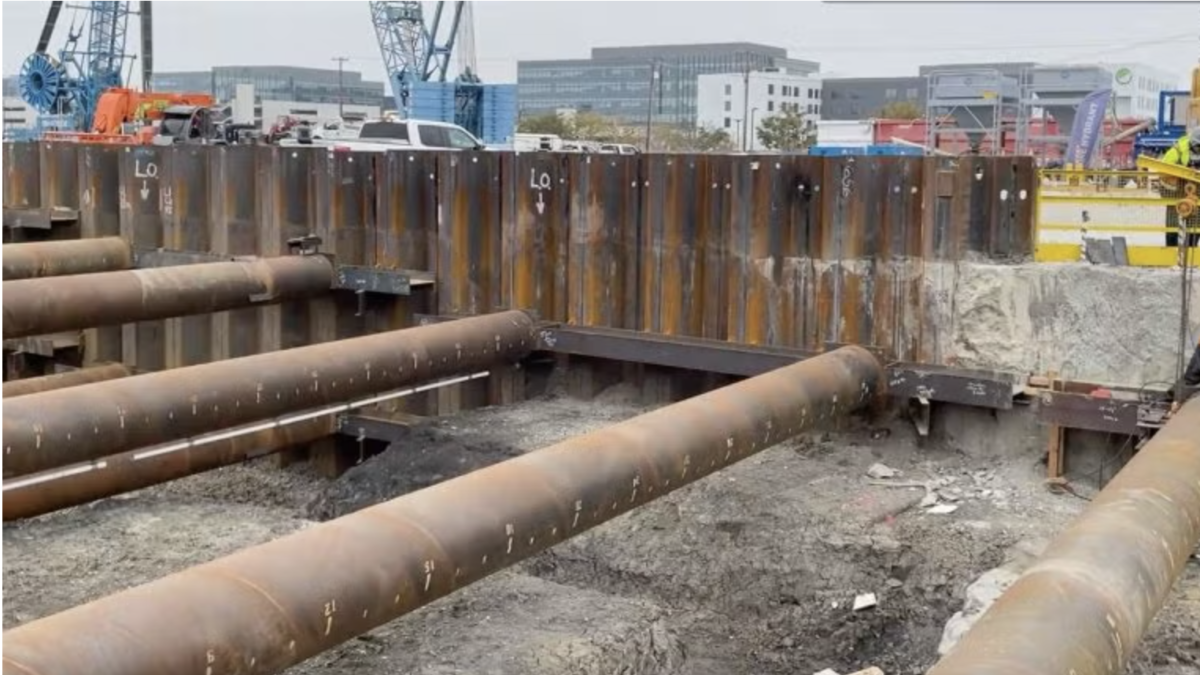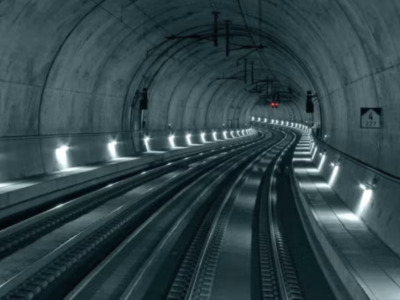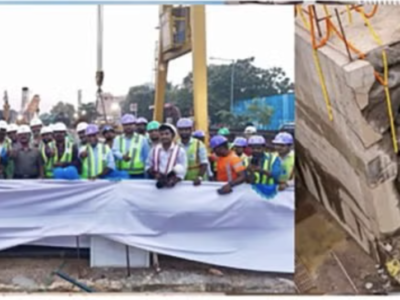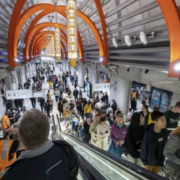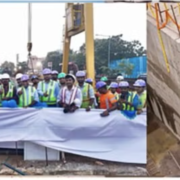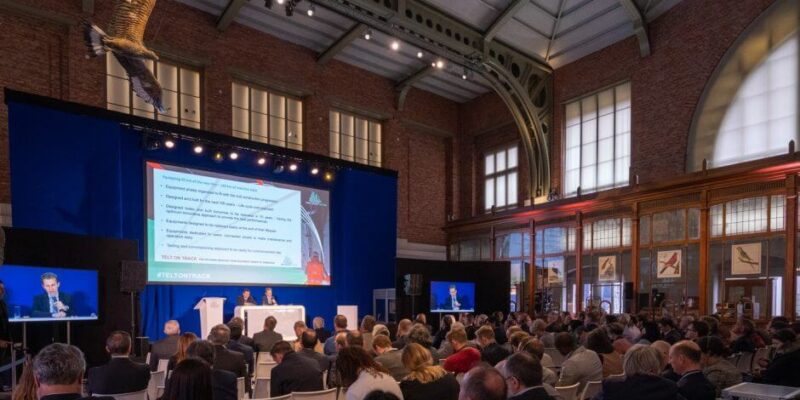
PRESS RELEASE – New tenders, with an estimated value of EUR3 billion, are on the way to build the Mont Cenis base tunnel which is under construction beneath the Alps between France and Italy.
More than 230 professionals on behalf of 86 international companies were present today at Train World in Brussels. They were there for the presentation of the operational missions outlined by public promoter TELT to manage the transition from constructor to operator of the new 65-km-long line between Saint-Jean-de-Maurienne and Susa, including 57.5 km of the world’s longest twin-tube base tunnel.
The morning session was with the EU Coordinator for the Mediterranean Corridor, Iveta Radicova. In the afternoon, the companies were able to participate in two thematic workshops to discuss in depth with TELT professionals the technical, administrative and legal aspects of the procedures concerning the international section of the Lyon-Turin line.
The CO12 construction site and TELT next missions
After awarding the contracts for the entire base tunnel in France and, soon, the remaining 20% in Italy, TELT has been working for the last two years to define the functional and technical specific features of the railway and non-railway systems of the new freight and passenger line. There will be 140 km of tracks and catenaries, two control centers at the either end of the infrastructure to manage the tunnel systems and the train traffic 24 hours a day, with more than 900 cameras and sensors installed along the entire route. Three independent electrical substations will allow to guarantee the traction supply for the trains.
Five safety areas, three of which are underground, with reception space and their own external air exchange, can each accommodate up to 1,200 people. Ventilation in the tunnel will be provided by five central ventilation units using the four existing access adits and the four double-flow Avrieux shafts which, in the event of a fire, will enable smoke to be extracted and clean air to be pumped into the safety areas. The project provides for two rescue trains and six (rail-road) bimodal vehicles to deal with any fires or incidents. The underground areas will be equipped with a misting system connected by heat sensitive FibroLaser cables, which will make it possible to detect the exact location of an eventual fire on a train immediately by transmitting the location to the operator in the control room, who can then activate the misting to extinguish the fire directly on the spot. To ensure safety throughout the tunnel, there are 180 bypasses between the two tubes (one every 333 m), 360 evacuation gates and eight fire stations equipped with water tanks capable of functioning more than 10 hours.
TELT has defined three main missions to support the CO12 construction site:
- Technical assistance for the project’s operation, which will provide engineering support for the design and subsequent installation of the railway and non-railway equipment and its connections with the 2 historic lines
- In addition to the equipment TELT is preparing itself for the transition from constructor to operator (for 99 years) thanks to the Shadow operator, a service that will work alongside TELT until the commissioning of the work in several dimensions: the organization and training of teams, the operational management of traffic, safety, assets and their maintenance, the definition of the route commercial strategies and the management of the 2 I international lines and stations
- the maintenance service, which will make it possible to maintain the efficiency and safety of the new infrastructure once it has been put into service, in order to achieve the sustainability objectives underlying the entire Lyon-Turin project, within the framework of the European Green Deal.
The international Lyon-Turin section
Between the Susa valley and the Maurienne valley, ten construction sites are in operation, employing more than 1,400 people (during the peak of the activities, there will be 4,000 directly hired workers and a same number of people employed in the related industries). After completion of the 10.5 km base tunnel in April 2022, excavation work is continuing in France, while the tender for the Italian section is in its final stages and will be awarded after the summer. In parallel, various open-air works relating to the new infrastructure are progressing in both countries.
The international section of the new line between Lyon and Turin is the central link in the Mediterranean Corridor, one of the nine TEN-T networks set up by the EU to transport goods and passengers across the continent quickly, cleanly, cheaply and safely. As part of the European Green Deal, the new line is expected to take one million lorries off the roads between Italy and France, helping to reduce CO2 emissions in the Alpine region. The historic Fréjus tunnel, built in 1871, no longer meets international standards because it has only one tube for the two tracks and the traffic is strongly limited due to safety constraints. The Mont Cenis base tunnel will allow the Alps to be crossed at plain level, with energy savings until 40% and higher train speeds (100-120 km/h for freight and 220 km/h for passengers). By transferring freight and long-distance passengers to the base tunnel, the new line will free up the historic line, which will remain available for regional traffic between the Susa and the Maurienne valleys.
Training, partnerships and technologies to create new expertise
On the occasion of the European Year of Expertise, TELT has promoted a round table discussion in which Michael Benedikt, Deputy Director of CERN in Geneva, Sergio Orlandi, Head of the Engineering and Construction Department of the ITER facility, and TELT Director General Mario Virano, spoke with Emanuela Girardi, member of the board of ADRA, an international association dealing with artificial intelligence, big data and robotics, on European innovation challenges and the skills needed to respond to operational needs with cutting-edge proposals.


